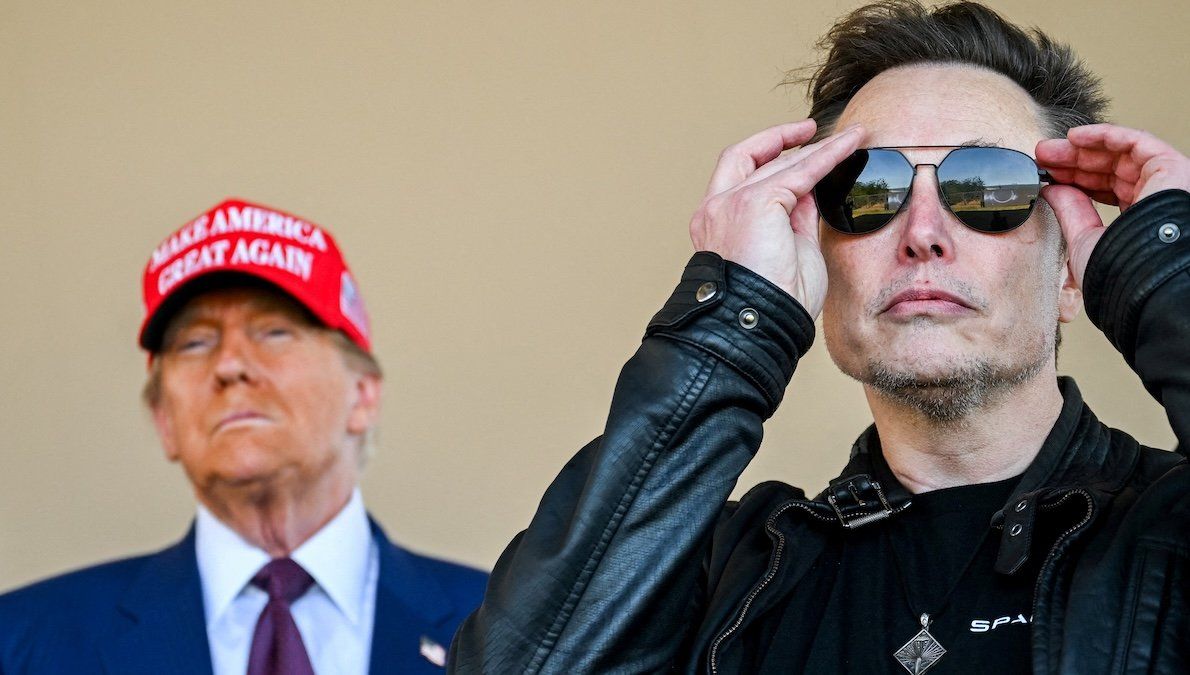It’s not a reality TV show, but it sure feels like one. On Tuesday, the US government kickstarted a plan to slash the public service by offering a “deferred resignation program” to approximately two million civilian full-time federal employees. The offer came in the form of an email from the Office of Personnel Management, or OPM, with the subject line, “A Fork in the Road,” similar to one sent by X CEO Elon Musk to Twitter employees after he acquired the company in 2022. Musk was behind the effort, which reportedly blindsided some of President Donald Trump's advisers and budget officials.
What’s the deal? Employees who choose to resign by Feb. 6 would receive eight months of salary and benefits, remaining on the payroll until Sept. 30, possibly with reduced or eliminated responsibilities, and without having to work in person. Recipients were asked to respond to a government email address and type the word “Resign” if they accepted. They were also told that if they did not quit, there was no guarantee their job might not be eliminated in the future.
Who’s in the crosshairs? The OPM said the offer was available to “all full-time federal employees,” apart from those working in the post office, military, or on immigration or national security.
Why is this happening? During his campaign, Trump promised to radically cut the size of government and appointed Musk to head the Department for Government Efficiency. But Trump is also seeking to root out the “deep state” and remove opponents to his agenda within the civil service. The American Federation of Government Employees says the program pressures employees perceived as disloyal to leave.
In that vein, Trump also signed an executive order on his first day entitled “Schedule Career/Policy,” which reclassifies thousands of civil servants as political appointees, removing job security and making it easier to hire and fire them. Trump signed a similar order, Schedule F, late in his first term, but it was rescinded by Joe Biden when the former president took office.
Can Trump (or Musk) do this? As president, Trump has the authority to propose and implement workforce restructuring within the federal government. However, his actions must comply with federal laws and regulations. That includes standards enforced by the US Merit Systems Protection Board, which require managers to justify disciplinary actions like firings and give employees the right to respond before any action is taken.
But aren’t these “voluntary” resignations? The government is framing them this way and has various tools available. These include:
- Voluntary Early Retirement Authority: This allows employees to retire before meeting the standard age and service requirements, and is usually used during restructuring or downsizing, such as when an agency is eliminated.
- Voluntary Separation Incentive Payments: This policy offers lump-sum payments to incentivize employees to voluntarily “separate” from the civil service via resignation or retirement. Trump’s current “deferred resignation program” appears to be a form of VSIP, albeit with a twist, in that employees may not have to have to perform their duties.
This led Sen. Tim Kaine (D-Va.) to call the offer a trick, claiming the president would “stiff” workers. “The president has no authority to make that offer,” Kaine said. “There’s no budget line item to pay people who are not showing up for work.”
That concern is echoed by researcher Natasha Gaither of Eurasia Group, “The offer is structured in such a way that it will probably withstand legal scrutiny, as it purports to make use of the funds that would otherwise go to paying workers' salaries,” she says. But, she adds, “this arrangement relies on the tacit assumption that Congress will appropriate funds to cover all the currently eligible federal workers when the continuing resolution expires in March.”
“Basically, federal workers who take the buyout now will be placing their faith in GOP congressmen (and the Trump administration) that they will continue to receive deposits through September.”
What could the impact be? That depends on who accepts the offer. The broad range of employees affected means that anyone – from food inspectors to frontline health workers – could stop work and stay home, potentially impacting thousands of departments and services. For example, if statisticians at the FDA who oversee clinical trials quit, there would likely be an immediate slowdown in drug approvals. Losing medical staff at Veterans Affairs would undermine the functioning of hospitals and clinics and possibly force veterans to turn elsewhere.
One senior administration official estimated that 5-10% of federal workers might resign, saving the government $100 billion – but punching a big hole in the capacity of the civil service at the same time.